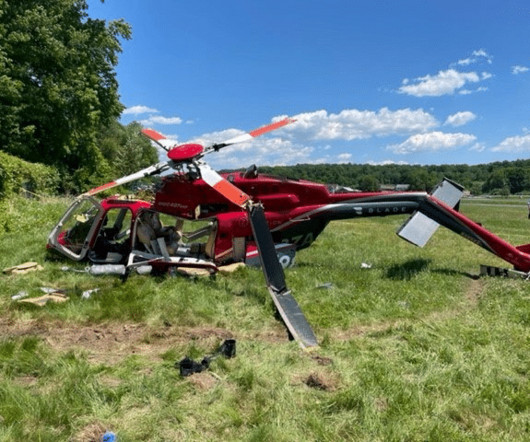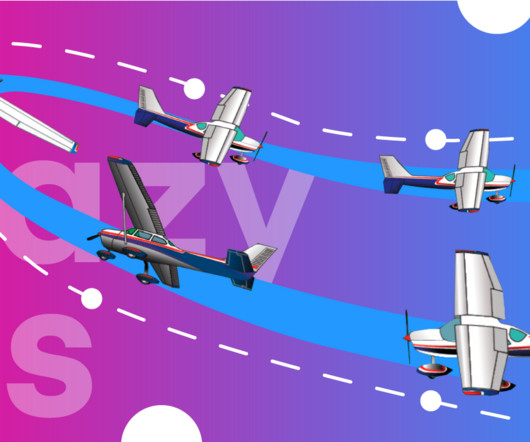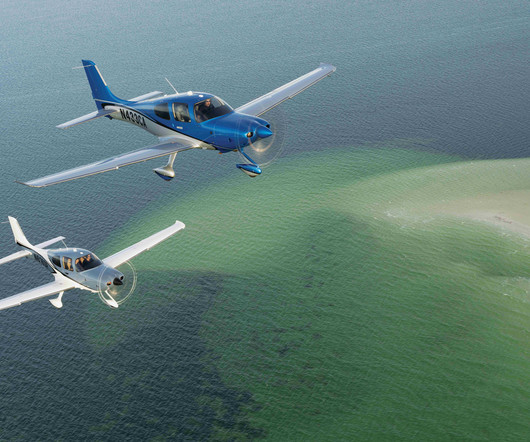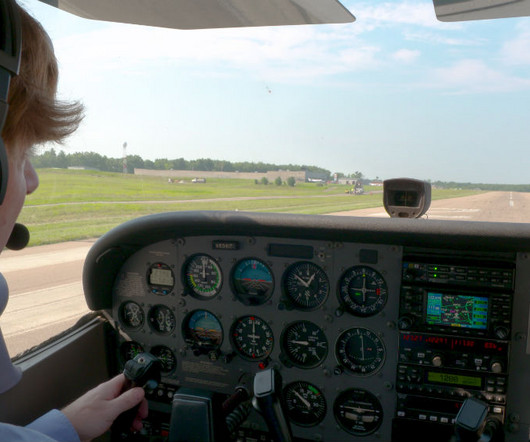Unbolted in Fairfield (Update on the 2022 Bell 407 GXP Crash)
Fear of Landing
APRIL 19, 2024
As the helicopter continued towards the airport, the airspeed began to decrease. The indicated airspeed had fallen below 65 knots and was still decreasing. As the airspeed decayed, the right yaw increased. The helicopter was at treetop height with an indicated airspeed of zero knots when the right yaw ceased.












Let's personalize your content